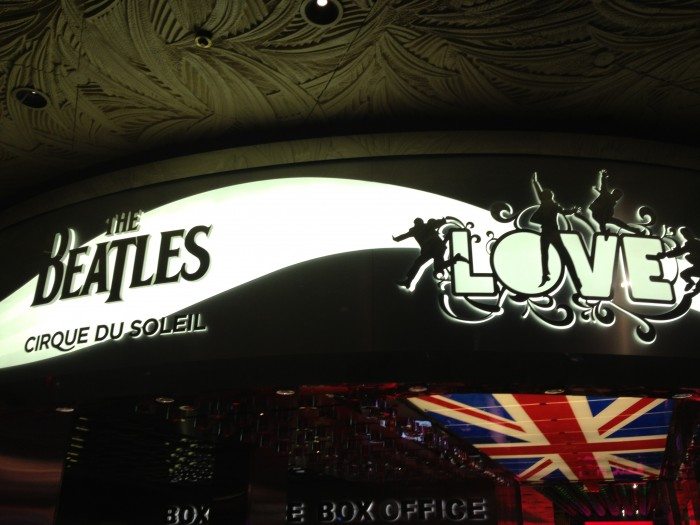
In college, I took a class called “The History of Circus in America.” Now before you judge me and my liberal arts education, you should know that I was pursuing a double major (Pre-Med and Psychology) as well as a minor in Drama. I had so many required classes that I only enjoyed two elective classes in all four years. Thanks to my circus elective, I could clown around in class…and get credit for it.
The professor, LeVahn Hoh, was (and still is) a nationally known circus historian. He taught us about the origins of the circus in Europe and the immigration of circus to the United States. European circuses were different than the sensational American circuses like Ringling Brothers & Barnum and Bailey in that they usually had a story line and and the acts were more theatrical. Examples of this style today include the Big Apple Circus and Cirque du Soleil. The Big Apple Circus tends to be more quaint with traditional acts in a smaller ring. Cirque du Soleil is highly imaginative with big productions on a large stage. Our family has enjoyed many performances of both of these circuses over the years.
Once, we attended a performance of Cirque du Soleil in Washington, DC and during the performance, a tightrope walker appeared walking upside down on the underside of the tightrope. No matter how much I practiced in my back yard as a child, I would not have perfected that technique. It required the creative minds of Cirque to literally see the performance from another perspective.
I love being surprised by life experiences that offer lessons about life and work. If we pay attention to the methods behind Cirque du Soleil, we learn that habits and routines can be barriers to creativity and success.
Recently, I heard a presentation by the Musical Director for the Cirque du Soleil Las Vegas show “Ka.” He explained how the development process works when Cirque is creating a new show. The development team gathers in a room and begins to brainstorm ideas, similar to many other businesses. But at Cirque, when someone suggests a new idea, no one ever says, “We can’t do that.” Instead, they say, “How would we do that?”
If you’ve seen “Ka,” you know exactly what this means. One of the scenes involves a battle that is viewed from above. But, since it would be impractical to move the audience to the catwalks above the stage, Cirque staged a battle on a platform that was turned sideways towards the audience. In other words, the performers were suspended horizontally to the upright platform so that it appeared that the audience was watching the battle from the sky.
That’s a great example of an idea that could have easily been killed because the logistics seemed to complicated. But someone said, “how would we do that?”
Imagine how different our work would be if we asked “how could we do that?” more often. And how great would it be to work for a boss who asked that question rather than shooting down our ideas. And think about the impact that question could have on relationships or parenting when we encounter a challenging problem.
My friend Mike Rayburn is an amazing guitarist. A few years ago, he committed to being a musical “virtuoso” because he wanted to be the very best he could be. In order to do that, he discovered that he had to “write music he couldn’t play” — and then commit to “do whatever it took to play it.”
This is a tough concept for most of us because we’d prefer to pursue the things we can easily do rather than pursuing the things we can’t do. However, if we really want to be excellent in both our life and work, we need to expand beyond our normal thinking and consider new options.
The Do it Well concept focuses on excellence. Cirque du Soleil and Mike Rayburn pursue excellence. They routinely ask, “How could we do that?”, and as a result, they find ways of achieving the seemingly impossible.
So, when it comes to new possibilities in your work and personal life, the simple question for you is, “How could YOU do that?”

Thanks, I appreciate your thoughts and they help me think outside the box. Congratulations on the award.
Thanks Debbie!
Congratulations Ron on the induction to the Speakers Hall of Fame. What a feat to accomplish! I truly enjoy reading your newsletter.
Thanks Carla!
Congratulations on your induction into the National Speakers Association CPAE Speaker Hall of Fame!! What a well-deserved honor for you, Ron!!
Thanks so much Mary Beth!